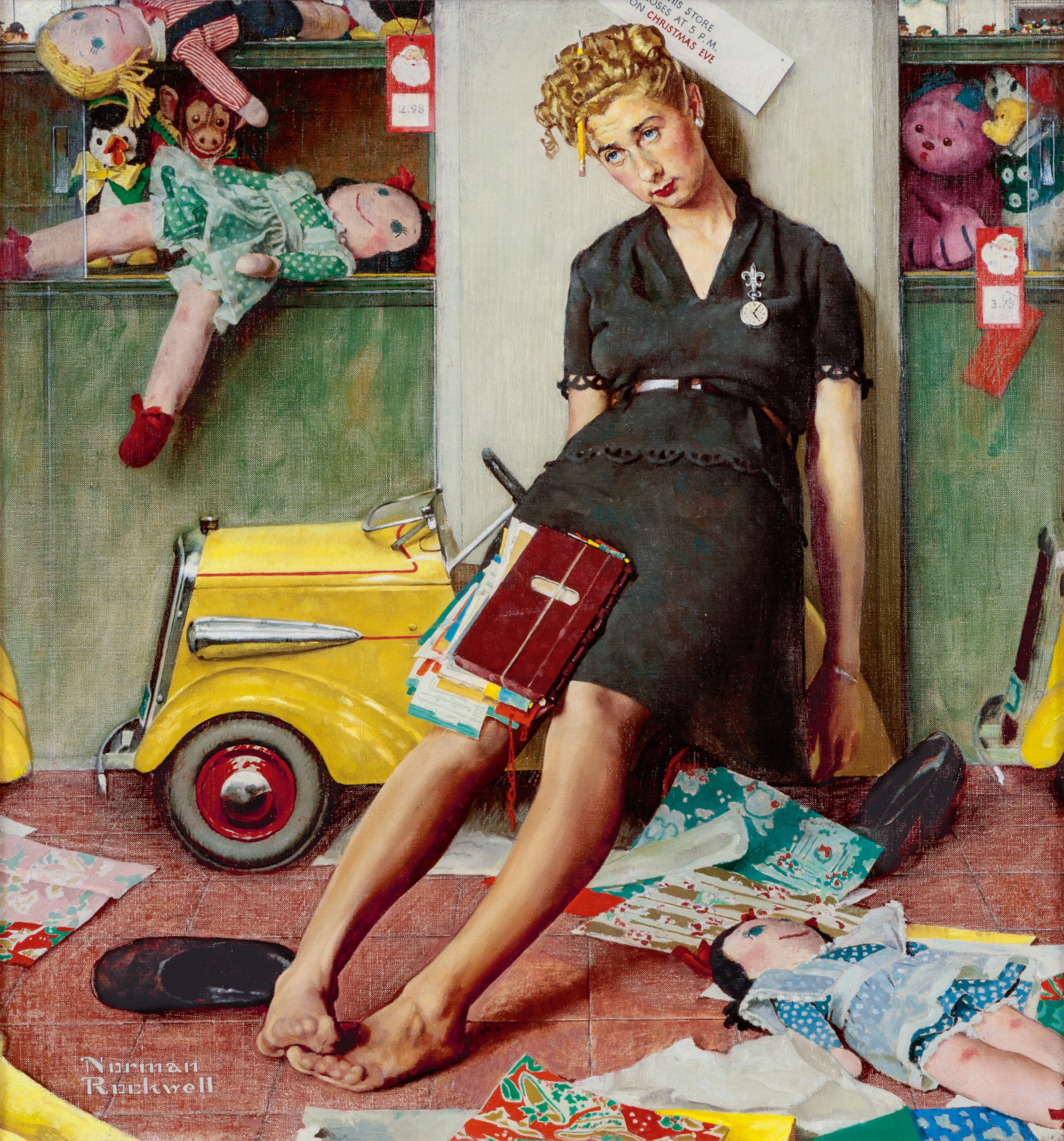Exploring the Time-Travel Magic of Old Magazines
2023
In the relentless march of time, memories can warp, and history often gets encapsulated into mere ideas. The '80s, an era of vibrant music, unique fashion, and shifting political landscapes, is now etched in our minds as a caricature of a distant time. The Face, a London-based style monthly, recently unearthed, reveals the enchanting dichotomy of the 1984 we remember and the one captured in its pages.
Within the folds of The Face's May 1984 issue, an article titled "Electro: the beat that won’t be beaten" takes center stage, chronicling the dominance of the Roland drum machine and the imported sounds from New York clubs. Yet, what surprises contemporary readers are the subtle omissions of significant historical events. The British miners' strike and the escalating unemployment crisis that gripped the nation find only the faintest mentions. AIDS, a looming epidemic that would soon reshape societies worldwide, is conspicuously absent.
As we delve into these magazine pages, it becomes a journey into a simultaneously familiar and alien 1984. A time capsule that freezes moments in history, not always aligning with our recollections. Much like Elizabeth Hardwick's analogy of old jazz records being "priceless flotsam," these magazines are the artifacts of collective desire, offering a glimpse into the cultural pulse of bygone years.
For many, magazines, both old and new, are repositories of dreams and information. Growing up in 1980s Dublin, the author relied on British magazines to weave a tapestry of interests, from music and fashion to art and literature. However, the romance with the magazine page extends beyond nostalgia; it's a thrill that pulsates through the act of researching offline in libraries, archives, or even the depths of a dusty eBay find.
Old magazines become affordable time machines, enabling readers to embark on archaeological journeys into collective desires. Take a print issue, preferably over 20 years old, and read it cover to cover. Rather than a deep dive, it offers a lateral slice through a culture, providing insights into classes and milieus of the past.
In a quest to understand great sentences, the author stumbled upon Joan Didion's photo captions from the 1960s, offering glimpses of midcentury American magazines' aesthetic sophistication. Beyond the renowned names and iconic images lie subtleties that challenge our perceptions. A copy of Vogue from August 1965 unveils a slightly skewed version of the '60s, with fashion focused on pliable knits and a fascination with "Op" rather than "Pop" art.
Magazines from the past provoke smirks at outdated fashions and assumptions, but they also evoke a sense of nostalgia for the textures and habits of speech. The past, as captured in these pages, is never a mere cliché; it's a complex tapestry that defies simplistic narratives. So, whether reading cover to cover or succumbing to distraction amidst bristling layouts, the magic of old magazines lies in their ability to unlock hidden corners of history and transport readers to bygone eras.
Source
